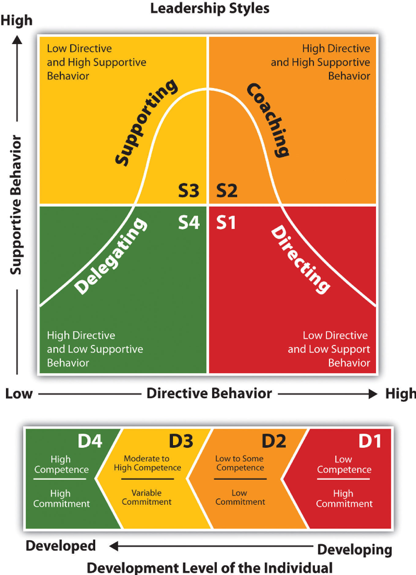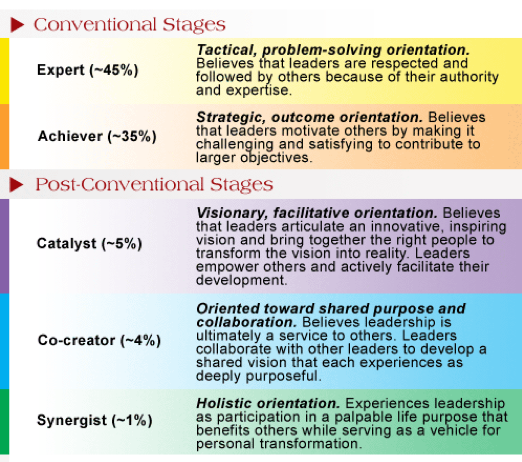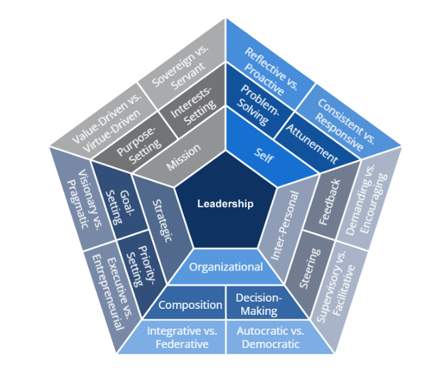Leadership Myths - Part 1
Search for leadership books on Amazon, and it will return over 60,000 results. Search for agile leadership books, and you get over 2,000 results. This sheer volume indicates how big the appetite is to grow our leadership capabilities, and deservedly so.
Try to imagine any organized grouping of people being able to function without skilled, competent leadership. The more complex the goals become, the greater the demand for courageous leaders.
Leadership is an assemblage of many skills which can be taught, practiced, and measured. And like any skill, we can develop poor habits and hold onto outdated beliefs, leading to ineffective leadership at best or destructive leadership at its worst.
This two-part series will look at common myths around agile leadership that have found their way into our collective mindsets for one reason or another. We’ll challenge these legends of old, myth-buster style!
Myth 1: One leadership style works with all team members
Leadership is not one-size-fits-all. Your leadership styles are influenced by your own personality and experience. This style can evolve over time, as you grow your leadership style. And team members have unique personalities, individual learning preferences, and different work habits. Effective agile leaders establish rapport with team members while adapting their style to the strengths and weaknesses of each employee.
Examples of leadership agility:
- Situational leadership model was introduced by Paul Hersey and Ken Blanchard in Management of Organizational Behavior. They argued that there isn’t just one leadership style that works for all conditions.
- Situational leadership theory includes four styles: direct, coach, support, and delegate; that are adaptive to a team member’s range of development behavior. This leadership model brings a flexible approach to leadership, encourages collaboration among team members, encourages socio-emotional support for team members, encourages provision of direction & guidance for team members while enhancing work productivity and team member motivation.

- Five levels of Leadership Agility - Bill Joiner and Stephen Josephs’ research for their Leadership Agility: Five Levels of Mastery for Anticipating and Initiating Change revealed that leaders develop agility by moving through five hierarchical stages: expert, achiever, catalyst, cocreator, and synergist.

- Leadership flexibility, leadership adaptability, leadership responsiveness = agility. Ron Meyer and Ronald Meijers in their book Leadership Agility: Developing your repertoire of leadership styles map out ten sets of opposite leadership styles. They answer questions about how to adjust your leadership style based upon the situation. They discuss how an agile leader is a trait that requires practice and growth.
 Myth 2: No feedback is good feedback.
Myth 2: No feedback is good feedback.
If my boss has not said anything, it surely means I must be doing a good job. Or is it that they don't care about me or my work? No feedback allows for open interpretations and may lead to assumptions on the team member’s side. Lack of feedback could reflect negatively on a team member’s performance or create barriers to continuous improvement.
Examples of agile leadership feedback
- Establish an open-door policy allowing team members to share their suggestions and concerns and welcoming those. Team members will feel more valued, comfortable about expressing ideas and more engaged with their jobs.
- Leverage 360-degree feedback - open ended questions around strengths and behaviors to do more, less, or differently allow team members to continuously improve and grow. This feedback also assists the leader in coaching the team member to build a development plan.
- Positive feedback - this allows team members to see what they did well and why it deserves recognition. It also encourages them to repeat the same behaviors. Positive feedback should be timely, specific, impactful, congruent, and not attached to criticism.
Myth 3: Non-managers do not have what it takes to lead.
Managers don’t often recognize when team members display leadership qualities. Employees at any level who are diligent, quality conscious, resourceful, and proactive generally have the basic qualities needed to manage people and projects. Initiative, a positive attitude, and the ability to inspire team members are also signs of leadership potential.
Examples of non-management leadership agility
Ways you can demonstrate leadership agility and influence in a non-management role:
- learn what motivates your team members - by creating buy-in, team members are more willing to collaborate and contribute.
- Actively seek opportunities to lead - demonstrating initiative and collaborating on solutions can drive leadership opportunities.
- Adopt a leadership mentality - to demonstrate leadership capabilities, you have to think like a leader. For example, if problems develop that require brainstorming sessions, initiating a conversation about how to come up with a solution and encouraging feedback, and helping team members express their thoughts around a proposed strategy.
Closing Thoughts
Like most concepts, Leadership agility can be simple to understand but difficult to master. Leadership agility requires us to elevate our understanding of agile and to become flexible, adaptable, and responsive in all leadership styles. It challenges us to optimize the whole and focus on what matters. Leadership agility introduces a mindset shift and invites everyone at your company to come along for the journey.
Want to get started?
- Learn with AgilityHealth’s Talent Development Jump Start
- Measure and Grow using the Leadership Agility Radar
- Contact the AgilityHealth team here to get started!
Part 2 Coming Soon!
But wait…there is more! As in any area of expertise, we will inevitably discover many myths that arise. We will expose three additional myths that agile leaders commonly hold in our final installment of this 2-part series.



Comments